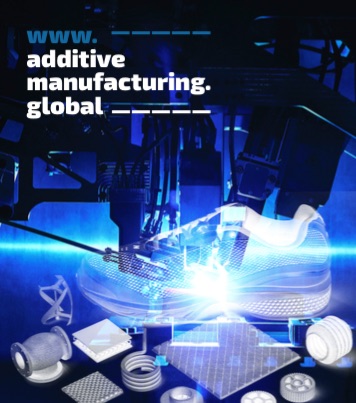 Inclusivity can never work as an afterthought – it has to be built into the core of packaging design from the very start. That’s why many are taking a holistic approach and adding value via inclusive packaging design, says Lucy Burgess, Strategy Director at Touch.
Inclusivity can never work as an afterthought – it has to be built into the core of packaging design from the very start. That’s why many are taking a holistic approach and adding value via inclusive packaging design, says Lucy Burgess, Strategy Director at Touch.
As a leading structural design agency, Touch has an up-close-and personal level of insight into how inclusivity and accessibility must be incorporated into packaging design. At London Packaging Week, Touch’s Strategy Director, Lucy Burgess, shared some of those insights in a rousing panel discussion titled ‘Conscious Consumerism: Inclusive Packaging Designed for Everyone’ – and we caught up with her afterwards to hear more.
Lucy argues there are reasons to be cheerful about the topic. “Across the panel, I think we were aligned on the fact that inclusivity is an opportunity rather than a cost, hindrance, or compromise when it comes to packaging design,” she says. “We all wanted it to feel optimistic and to inspire action.
“For businesses looking to take action, I would say the first step has to be to shift the mindset within your business. Touch is doing a lot of work in helping businesses to create design principles rather than just designing products. A lot of the businesses that we work in don’t have any definitions or principles around how to design inclusively, and we want to support them in embedding those principles into their design processes from the offset.”
Taking a comprehensive approach
This comprehensive approach, she says, is key to how Touch works. “We’ve been supporting businesses for over 17 years with structural expertise. We understand the intricacies of the landscape we’re innovating within – there are some specific nuances around the way we research with consumers, and the legislation and infrastructure we’re working within.
“As a result, we encourage our clients to do their due diligence. Not just from an inclusivity point of view, but also in terms of sustainability legislation, technical limitations, and costs. When dealing with inclusivity, you have to tread sensitively. We want to make sure that when we have these holistic conversations with the teams we support, and that we capture the multitude of ways that packaging can add value.”
The process is being made easier as momentum starts to snowball – as some of the world’s biggest brands are now paying greater attention to inclusivity. “We work with some of the world’s biggest, most forward-thinking brands,” she adds. “And it’s in their hands to drive inclusivity since, unlike sustainability, there’s a lack of legislation pushing it.
The power of packaging
“More brands are recognising the power of packaging, and its ability to deliver tangible value. Packaging is the brand in the hand. It's the physical thing that people actually interact with. It's the first thing they see. And because it's physical, it's really connected to emotions and memory, so it's an integral part of a consumer's experience and perception of the brand. We want to make sure that our work is consistently in line with what the brand wants to convey, the experience they want to deliver, and their specific values.
Inclusivity’s role in this is obvious – few things are more frustrating than purchasing a product you are physically unable to access, and no brand wants to come across as frustrating and hostile to its consumers. And taking a more holistic approach to inclusive design means that what Lucy calls “the power of packaging” is greater now than it ever has been. The advent of digitalisation means it can extend beyond the packaging itself, and into the virtual world. So, what else can packaging bring to the party?
“It’s a conduit for lots of information,” she says. “What’s really valuable about digital technology is that it’s possible to add value without adding material. For a structural designer – we’re tasked with stripping material away rather than adding to it – so we must ensure we pull the right design levers to add value.”
Balancing function with form
Of course, packaging can’t be all function – it has to have an appealing form, too. “We don't ever lose the fact that we want packaging to be beautiful, we want it to last, we want it to build brands. That means we need to combine creativity with technical expertise and strategic insight so the finished pieces of packaging are really future-proof.
“That’s our responsibility, and we take it seriously. As we specialise in the structure of packaging, anything we do influences millions of pounds worth of machinery and supply chain operations, so if we’re going to put a piece of packaging on the market, we want to make sure it’s been fully considered.”
So, while overhauling a pack to be accessible and inclusive may involve balancing many different priorities at once, the rewards are ultimately worth it, argues Lucy. As inclusivity continues to become a more prominent priority for consumer brands, those who do not act risk jeopardising the loyalty of their consumers.
For agencies like Touch, that means the future is bright. “I feel fortunate, because when we take on a project, we might be commissioned by R&D, but we often work with multiple parts of the business to put it together. More and more so, there's an increasing number of stakeholders, specialists, and experts getting involved. This sort of collaboration is something that’s really ramping up for us and will continue to do so over the next year.”
Lucy’s perspective was just one that was represented in the panel at London Packaging Week. And that panel was just one of many to take place across three stages and two days of insights and inspiration.
























































































